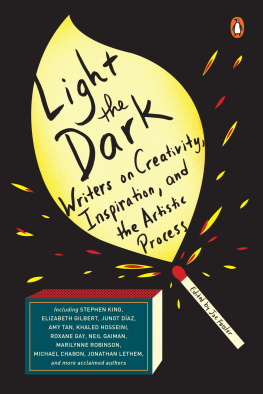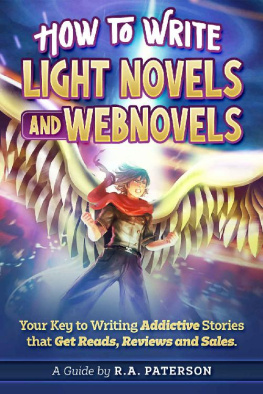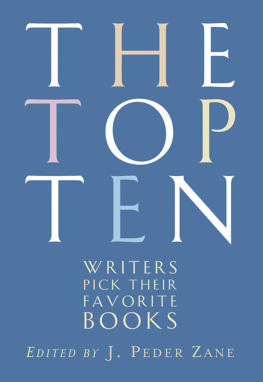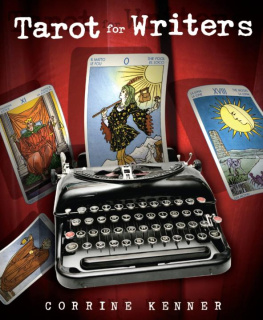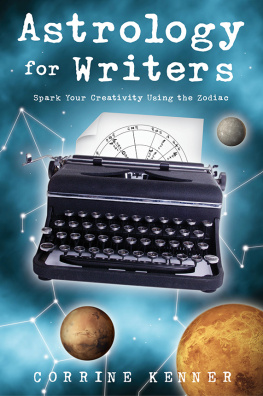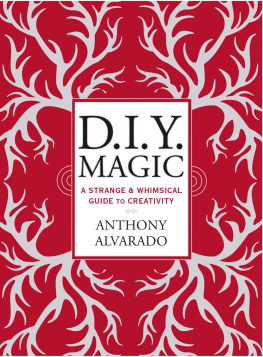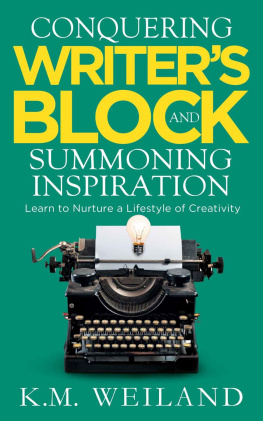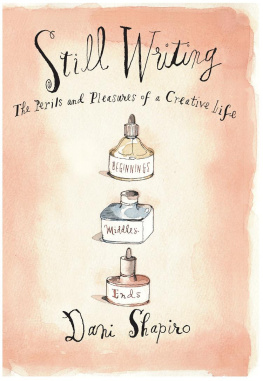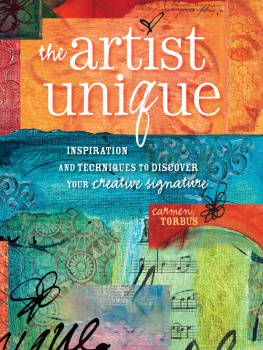PENGUIN BOOKS
LIGHT THE DARK
Joe Fassler is a writer based in Brooklyn. He regularly interviews authors for The Atlantics By Heart series. He is a graduate of the Iowa Writers Workshop, and his fiction has appeared in Boston Review, Electric Literature, and elsewhere. In 2011, his reporting for TheAtlantic.com was a finalist for a James Beard Foundation Award in Journalism. He is currently a senior editor at The New Food Economy.
Doug McLean is an artist and illustrator based in the Boston area. He has an MFA in visual arts from Rutgers University and has been contributing drawings for the By Heart series since 2013.
PENGUIN BOOKS
An imprint of Penguin Random House LLC
375 Hudson Street
New York, New York 10014
penguin.com
Preface and selection copyright 2017 by Joe Fassler
Penguin supports copyright. Copyright fuels creativity, encourages diverse voices, promotes free speech, and creates a vibrant culture. Thank you for buying an authorized edition of this book and for complying with copyright laws by not reproducing, scanning, or distributing any part of it in any form without permission. You are supporting writers and allowing Penguin to continue to publish books for every reader.
The contributions by Junot Daz, Ayana Mathis, Leslie Jamison, Hanya Yanagihara, Eileen Myles, Marilynne Robinson, and Neil Gaiman are published for the first time in this volume. The other essays appeared in the By Heart series on TheAtlantic.com, some in different form and/or under different titles.
Illustrations by Doug McLean
LIBRARY OF CONGRESS CATALOGING-IN -PUBLICATION DATA
Names: Fassler, Joe, editor.
Title: Light the dark : writers on creativity, inspiration, and the artistic process / edited by Joe Fassler ; iIllustrations by Doug Maclean.
Description: New York : Penguin Books, 2017.
Identifiers: LCCN 2017003038 (print) | LCCN 2017020729 (ebook) | ISBN 9781524704643 (ebook) | ISBN 9780143130840 (paperback)
Subjects: LCSH: Creation (Literary, artistic, etc.) | BISAC: LANGUAGE ARTS & DISCIPLINES / Composition & Creative Writing.
Classification: LCC BF408 (ebook) | LCC BF408 L53 2017 (print) | DDC 153.35dc23
LC record available at https://lccn.loc.gov/2017003038
Cover design by Kelly Blair
Version_2
Contents
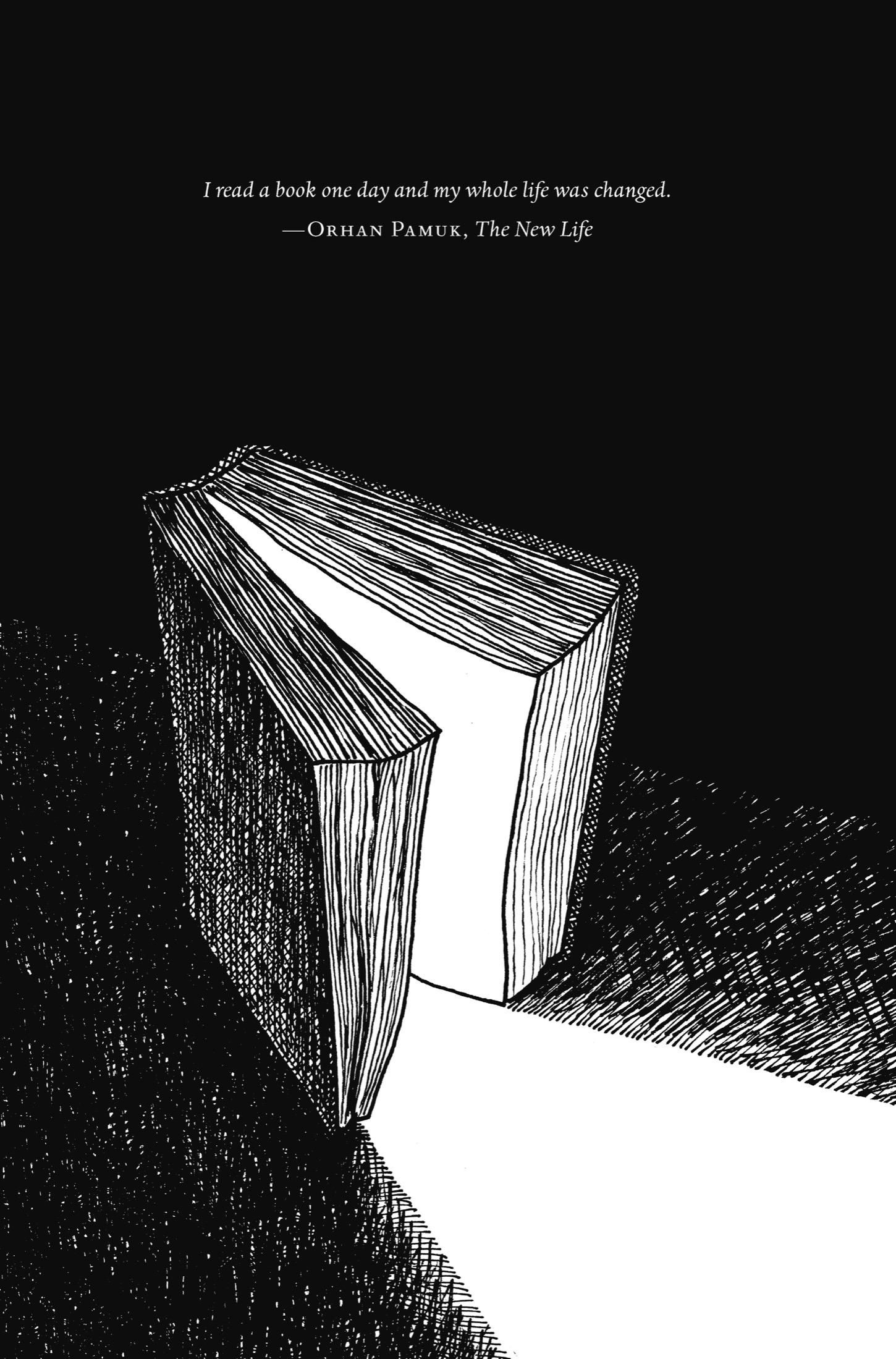
Preface
I LL BE HON EST: This preface didnt write itself. I struggled with these words, the ones youre reading now. And that surprised me, even though Ive learned that writing is rarely easy, because I really thought this would be a breeze.
After all, the goal was straightforward. I only needed to introduce this collection, which grows out of By Heart, an online series I created for The Atlantic in 2013. Ive been explaining the approach for years: I ask working artists (many of them writers) to choose a favorite passage from literature, the lines that have hit them hardest over the course of a lifetimes reading. Each person looks closely at his or her selection, explains its personal impact, and makes a case for why it matters. Taken together, these pieces offer a rare glimpse into the creative mind at workhow artists learn to think, how they find inspiration, and how they get things done.
But it turned out to be harder than I expected to settle on a single frame. These pieceswhich start as phone or coffee table conversations, then become transcripts that I edit and send back to the writer to polish and completeare part memoir, part literary criticism, part craft class, part open studio. They take on an array of big topics: identity, adversity, ethics, aesthetics. Not to mention that each writer draws from a private well of experience, and their interests vary widely. Over the course of more than 150 interviews for The Atlantic, as well as brand-new ones for this book, Ive felt like a perpetual studentof creative writing and literature, sure, but also of sociology, psychology, and political science. Every week I have private office hours with a different brilliant teacher. But though each writer had been asked the same simple question, no single thesis seemed to capture the richness of their responses. Trying to find one was as hardalmostas choosing a single favorite line from all the passages you cherish.
Then something happened. Its an experience these writers often describe having, Ive noticed, when things become difficult: I found the way forward between the covers of another book.
This time, it was Nobel laureate Orhan Pamuks novel The New Life, which begins with this incredible first sentence: I read a book one day and my whole life was changed. What a way to start! Pamuk counters the expectations we bring to a storys first pagesgo ahead, dazzle mewith a fictionalized experience of ecstatic reading. The narrators head, as he reads, seems to float off his shoulders. The pages themselves shine with penetrating light. And thats when he realizes: Hell never be the same, not after this.
Id picked the novel almost randomly from my shelf, and read these words in disbeliefit was as if theyd been written for me. Because theyre exactly what this book is about, and as I read them I suddenly understood the approach that I needed to take here.
At the core of each of these pieces is a moment of transformative readingan encounter with a short, artful sequence of words that hits with life-altering force. Whether the crucial encounter happened decades ago or just last week, each contributor tells some version of the same story: I read something, and I wasnt the same afterward. It might seem fantastical, at first, the way Pamuks narrator looks down on luminous pages while his head floats near the ceiling. But the authors in this collection, like everyone whos felt themselves transfigured by a work of art, know its not too far from real-life experience. Aimee Bender explains how lines by Wallace Stevens made her heart race and mind sparkle, like shed downed a few strong espressos. A passage in Anna Karenina made Mary Gaitskill physically rise to her feet, the words too intense to take sitting down. David Mitchell calls a cherished James Wright poem a skull melter, a coinage I love: It conjures a sense of intense light and heat, and also of the cage of the head dissolving away, allowing the mind, the self, to blend freely with the world outside. It really can feel like that, stumbling on the right words at the right time. This book seeks to put that indescribable experience into concrete language.
But what do we mean, really, when we say this book changed my life? And whats happening in those heightened minutes of engagement, as our heads seem to fill with helium, as our feet pull from the floor? After years of interviewing writers, I think Ive found the simplest way to say it: Its about problem-solving. Its akin to what scientists call the aha! momentthe instant when the solution to some complex problem becomes clear. These accounts reckon with that strange, heightened sensation, the feeling of a momentous realization sinking in. Then, they chart the unpredictable path ideas take from genesis to maturity, mapping the way creative epiphanies come into being, grow, and take enduring shape.
Some of these pieces describe creative breakthroughsmoments when another book points the way forward, like what happened to me with Pamuk and this preface. In the snaking cadences of Portuguese novelist Antnio Lobo Antunes, for instance, Viet Thanh Nguyen found the voice he needed to begin a novel about the Vietnam Warthe book that became his Pulitzer Prizewinning debut. As these writers describe overcoming artistic challenges, youll also find insight into craft: master classes on beginnings and endings, plot and character, sound and rhythm, finding inspiration, beating writers block. But none of this, I should say, belongs to the general, cheerless genre of writing advice. Its something far more useful, and it extends into any creative activity: Specific individuals share how they solved specific problems, day by day, and book by book.

